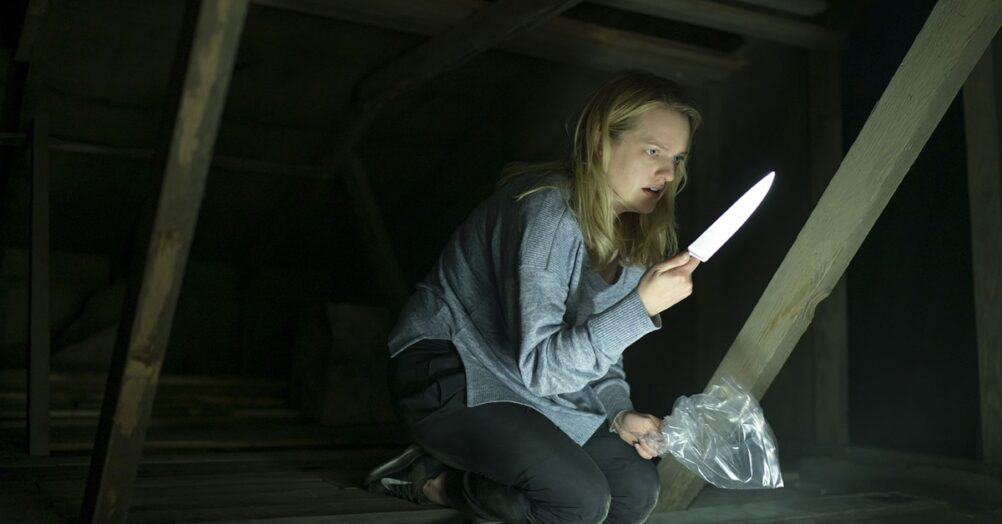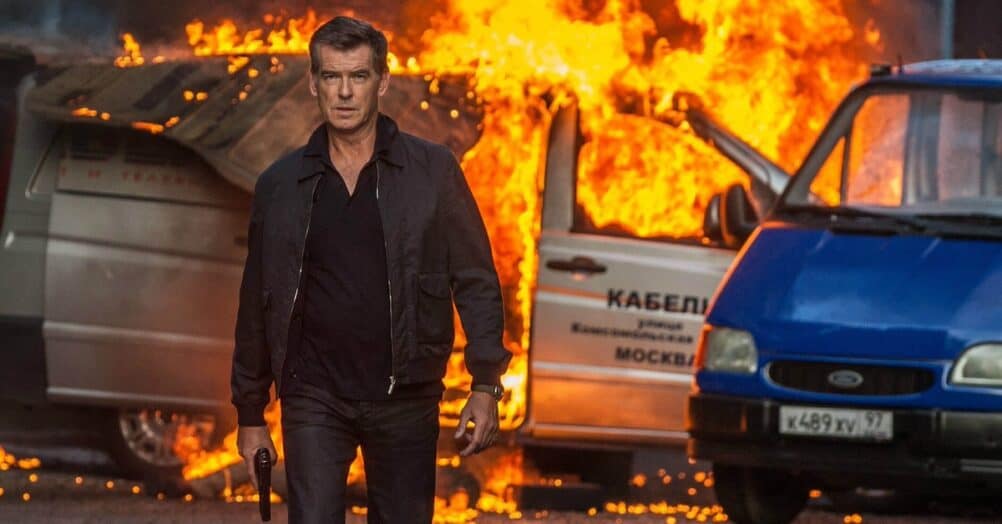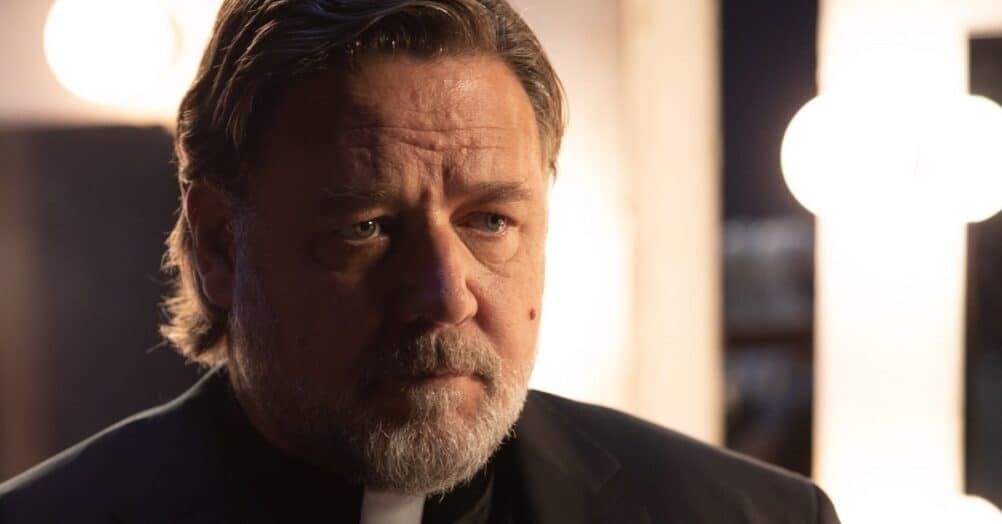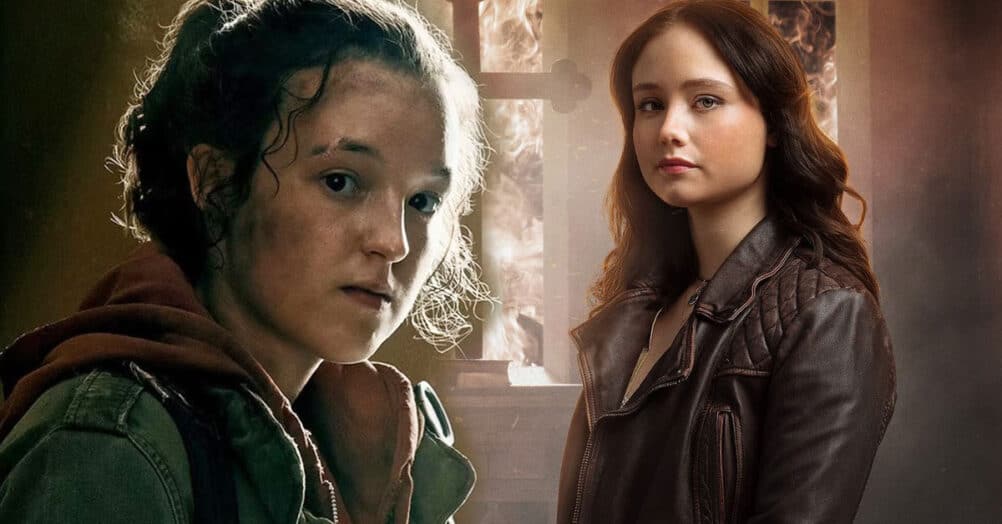Last Updated on August 5, 2021

For many of us on the outside looking in, the Motion Picture Association of America’s (MPAA) ratings system is mystifying. How can a movie like THE KING’S SPEECH – with no objectionable content other than a moderate amount of profanity – get the same rating as a movie like HOSTEL or SAW? While the MPAA ratings are only enforced in the U.S, to say this doesn’t affect everyone else is naïve, as it’s been proven that a film’s rating can directly affect its box office, and success at the box office is the all-important predictor of what gets made. Compare the eighties and nineties to today. Back then, R-Rated blockbusters like BEVERLY HILLS COP were the norm. Now, they seem to be the exception. Other than the occasional racy comedy, hardly any R-rated tent pole movies end up ruling the box office, with PG-13 the dominant rating by far.
In order to shed a little light on the MPAA’s ratings process, we here at JoBlo.com opted to speak with former MPAA members Barry Freeman and Howard Fridkin, who’ve started their own company, FRA (Film Ratings Advisors) in order to act as a kind of buffer between filmmakers and the ratings board. While they weren’t allowed to discuss specific films, they nonetheless gave us some interesting insight into the process.
Let’s start the interview by talking about your project, which I assume is meant to be a buffer between the MPAA and filmmakers.
(Barry Freeman) Howard and I were on the ratings board a significant amount of time – over twenty-three years combined. What we realized when we left the MPAA was that the filmmakers needed a voice that would help them get the rating they want. We saw there was a need in the industry and we think that we’re coming in at the right time, and that the filmmakers may need a little extra help with the editing and various other services.
Can you recall any particularly contentious debates when rating a film? I’m actually a Canadian journalist so our ratings system is quite different here. From the outside looking it, it seems the ratings are tough to predict. Is there a lot of infighting?
(Barry ) We can’t talk about specific films as there’s a confidentiality clause we signed as we left but yeah, there can be quite a bit of contention and there can be heated arguments certainly but we have to talk in generalities. There aren’t all that many, but there are some.
Because to me the MPAA seems to have a much less serious problem with violence in movies, but then if there’s something sexual or bad language it seems much more taboo. And sex and swearing are things everyone’s doing. But why do they go so easy on a violent film as opposed to one with sex?
(Howard Fridkin): Actually, that question always comes up because it seems there’s more of an issue with sexuality than violence. It all boils down to the parents who became more sensitive towards sexuality than violence. Why? I dunno. It’s certainly not the MPAA that’s driving that decision; it’s the parents we hear from that will complain about a particular picture saying “how dare you release this 13 with that type of nudity or sexual content.” So it’s not the MPAA who are villains in that area. They’re listening to the parents and they’re the ones who are barking more about sexuality and not violence. Why? It’s just one of those mysteries.

One of the weirdest problems I’ve seen is for something like THE KING’S SPEECH, where it gets an R and it has one f-word in it, but then THE PASSION OF THE CHRIST also gets an R and it’s incredibly violent. Would they maybe go easier on a film for moral or religious reasons as it seems really hard to predict what will go over and what won’t.
(Barry) One of the things that’s very difficult for film raters to figure out is that certain scenes or certain language can be in one film and get one rating but there can be the same in a very different film could get it a different rating due to the context of the film. I mean, PASSION OF THE CHRIST versus THE KING’S SPEECH. There’s no question… there’s a wide variety in ratings categories. THE KING’S SPEECH could certainly be in a lower category of R, which THE PASSION OF THE CHRIST is on the more extreme end. Categories can contain a wide variety of films…
You say it’s a low R versus a high R. There’s no lesser R. I live in Quebec and its very different here. There are way more categories. Something can be 13, 16, 18, depending on how harsh it is, but it doesn’t seem like that really exists in the states because there’s such a taboo around the NC-17.
That’s correct. People aren’t educated as to what the NC-17 actually is. They’ve got it in their minds it’s the XXX which it’s not. People need to be re-educated when it comes to that…
But it doesn’t help that outlets often refuse to advertise NC-17 movies. Or that video store chains, not that they even really exist anymore, would refuse to carry NC-17 movies. If NC-17 isn’t supposed to be as restrictive as people think it is, how much of that responsibility belongs to the MPAA as to re-educating people?
(Barry) I really don’t think it’s the MPAA’s job. We’re certainly not saying a movie rated NC-17 is a bad movie in any way, and I can tell you that there are some really tremendous NC-17’s, just incredibly adult, and I don’t see any reason they can’t be shown in major theaters. Again, it’s just the marketing that goes into it. There has to be a way of letting parents know the NC-17 can still be a quality film.
(Howard) There’s an inherent stigma doing an NC-17, that it’s an overly pornographic film, while there may not even be any sexual content in it. It could be the violence that got it an NC-17. But it’s seen as a mark of death because I guess theater owners want to keep their chains clean and have the art-house theaters deal with that.

A couple of years ago I spoke to director Steve McQueen about the MPAA and he had some problems with it. SHAME got an NC-17. A few years later, 12 YEARS A SLAVE gets an R-rating. Now, 12 YEARS is definitely a violent film but if we’re talking about context there’s a lot of value to it, especially educational. Yet at the same time, something like SALT, where in the first scene Angelina Jolie is being water boarded, and by the time it’s over she’s raked up a body count in the double digits. And that’s not even particularly violent for a PG-13. I’ve seen half a dozen movies this year where it’s just people getting killed left and right with guns and that gets a PG-13. Yet 12 YEARS presents it in a historical context and it gets an R? That’s why that whole process seems mystifying to us…
(Barry) That’s actually a very common complaint. The MPAA doesn’t judge the quality of the film. It’s well known that 12 YEARS A SLAVE is a tremendous piece of work, a masterpiece some think, but the MPAA board saw enough strong violence in it to rate it R. Again, it’s just one of those things where the public confuses the quality of the work with the rating, and it’s not the MPAA’s job to judge the quality of the work, but strictly the content. And the content was violent enough to receive the R-rating.

Getting back to what you guys are going to be doing with your company, acting as a buffer between studios and filmmakers… Do you find if it’s a big studio release they can lobby the MPAA to get the rating they want? It just seems like there are an awful lot of really violent PG-13 movies out there, while movies from smaller distributors get slapped with an R but in hindsight it seems like they didn’t deserve it.
(Howard) Every film is different. It all depends on the context. I can tell you that a PG-13 spring break movie that popularizes drinking and drug taking, if you really overstep your boundaries you’ll get an R because of the subject matter and dealing with teenagers. But if it’s a more of a mature thematically driven film and there’s drug use an alcohol it might very well get a 13 as you’re not targeting teenagers with a “how to” when it comes to drugs and alcohol. Where our company, FRA comes in, we stand back and figure out, ok, if the director is set on this scene and this is the scene that’s problematic and going to get them the R, we can judge by on all the films we’ve seen, what we can do at the minimum is to go ahead pigeonhole this picture into a 13 because we kind of have our pulse on what the ratings board thinks and their due process. So that’s a good question as it’s exactly the function of our business, to determine what is the very least we can do rather than what is the most we can do…what’s the least we can do to salvage these scenes for the directors who had problems in the past or think they’ve been judged incorrectly. That’s concept of our business is to keep as much of what they want in the picture and dance around whatever we have to get it approved by the MPAA as far as our expertise can say we have a shot at.
Say I was an action movie director and I made a movie that’s pretty violent, that I want out as PG-13. What kind of advice would you give me? I think a lot of us are mystified at that, that a violent film can get a PG-13 but a fairly innocuous film with an F-word gets an R, and I know a lot is due to parental pressure. What are the criteria for something like that?
(Barry) It’s impossible to make a blanket statement if you describe a movie over the phone but your movie may have a James Bond-ish type of feel to it, and James Bond is PG-13, or it may have a more brutal, inner city gangs, warfare type of feel to it. A lot of times it comes down to the context, the feel of it. If we’re looking at it ahead of time, we have a good idea and we’ll be able to advise based on the thousands of films that we’ve seen and the couple of dozen years that we’ve been there, it’s one of those films we’ve seen so many times we have a good feel for it.
I guess you can work with people at the scripting phase too right?
(Barry) That’s where you’re going to save time and money. That’s our company in a nutshell. We get to it early before you have to do all this post-production work and especially reshoot work. If we can nip it in the bud before that time, we’ll be a great service to the filmmaker.
Without naming names, have you ever seen a film that had to undergo massive reshoots to get the rating they wanted?
(Barry) Well, we can only say that we’re in business for a reason and our experience dictates that there’s a need for our service.
(Howard) Well, if you want an example, on more than a few occasions a filmmaker will bring a movie in and they’ve tapped out their budget and it gets an R but they’re under contract for a 13 and they’re trying to get it into Blockbuster or Walmart, and they’re given an R and the guy says, “what do I do? I need a 13 and I haven’t got a cent to recut or reshoot”. And there’s absolutely nothing he can do. Who knows if it’ll be picked up by a distributor because of that or he’ll have to wait around for one or a different one. All that that could have been avoided had he incorporated our service prior to shooting.
For more info on FRA – visit their website: http://www.filmratingadvisors.com/
Still curious about the MPAA? I highly recommend you check out the excellent documentary THIS FILM IS NOT YET RATED.
















Follow the JOBLO MOVIE NETWORK
Follow us on YOUTUBE
Follow ARROW IN THE HEAD
Follow AITH on YOUTUBE